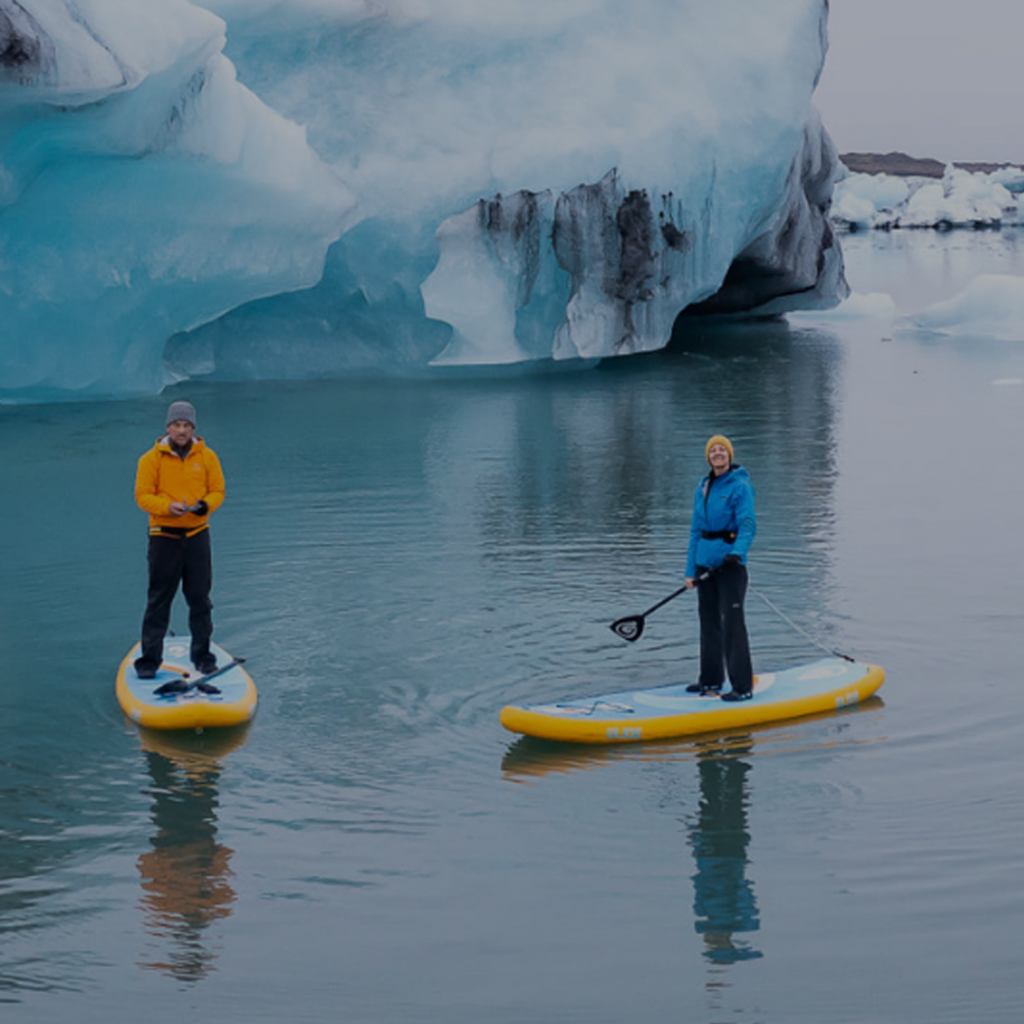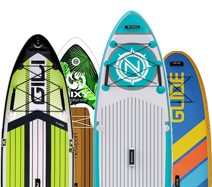Without a doubt, if you were to rank the qualities of a good board, stability would be at the top if not number 1. If you can’t stay on your board, it’s probably not going to be a good match for you. So, what can be done to make sure you won’t have any issues with stability on your SUP?
Be Stable Yourself
While there are a couple SUPs out there that maintain their stability no matter what, the vast majority require at least some skill on the part of the paddleboarder. From the first second you get on your first SUP, make sure to practice basic precautions. Our article on stance gives you a few pointers for keeping your balance under most conditions.
Board Specifications
Ok, we’re done blaming the victim. Assuming that you’re following basic precautions and guidelines for balance, some boards will naturally be more stable than others. So, how do you know what makes one board more stable than another?
Buoyancy: When you see weight limits on a board, pay attention. For instance, if a SUP has a limit of 180 pounds and you weight 180 pounds, you’ll find yourself having trouble staying stable. Whenever possible, try to stay below 50 pounds of the recommended limit.
Width: This plays a huge role in stability. As a rule, look for boards that are at least 32” wide for maximum stability. If you plan on doing activities such as fishing or yoga, you can find specialized boards that are even wider.
Length: While you might be able to take care of the waves better with a short board, the longer the board the more stability you’ll find. In general, boards that are 11’ and up have the best stability assuming that they have a decent width as well.
Stability Is the Foundation
If you have the ability to test out various types of boards, this should be the main quality you’re looking for. Otherwise, when taking a look at our reviews, pay extra close attention to when we mention this quality. After all, you won’t get very far if you can’t stay on the board.


